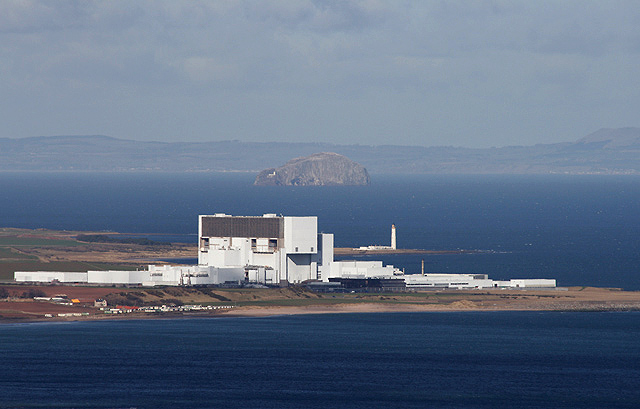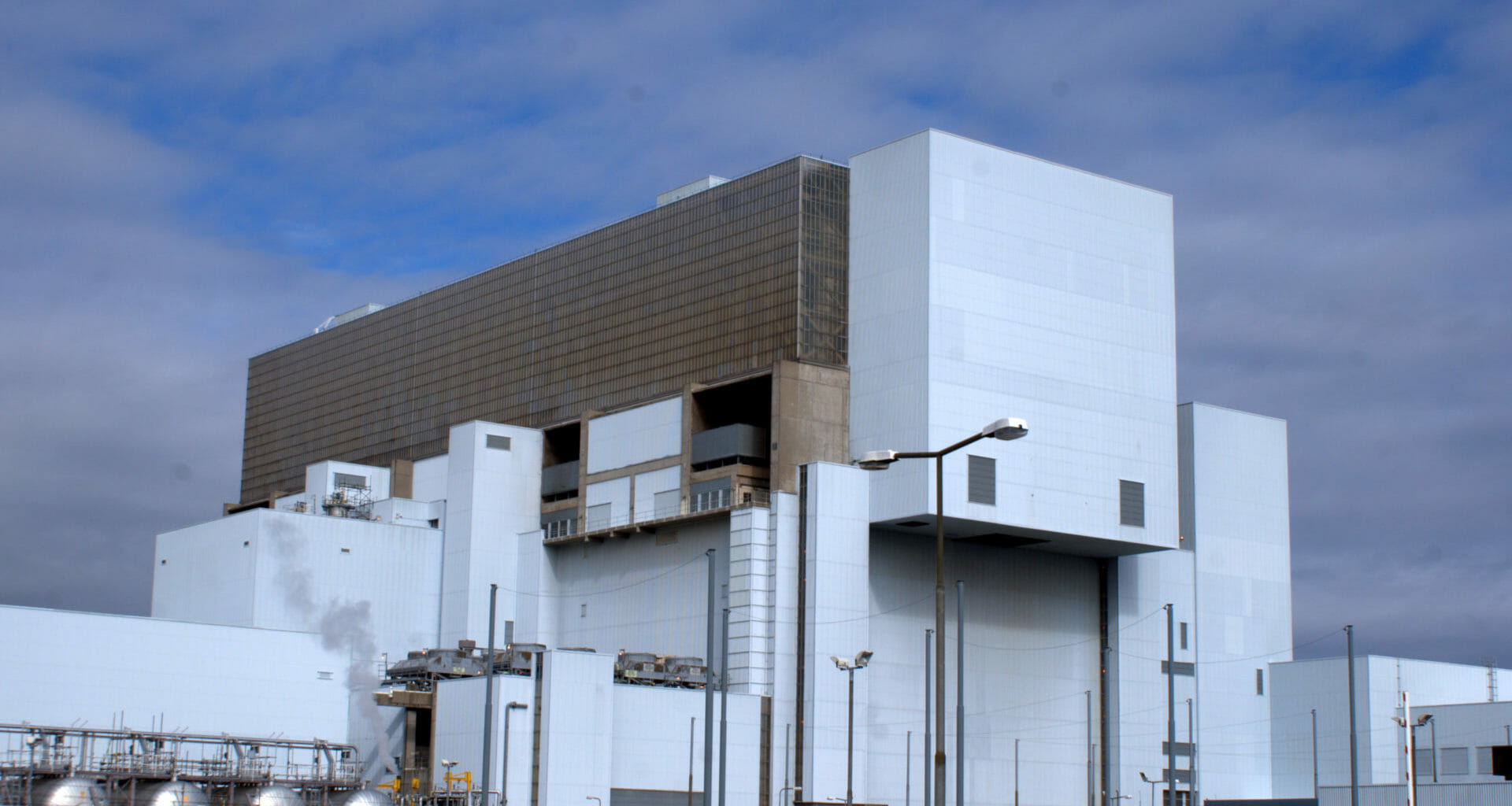Cracks which could increase the risk of a radioactive accident have appeared at the ageing Torness nuclear power station in East Lothian.
The plant’s operator, EDF Energy, wrote to a local liaison group in February saying that three cracks had been found in the graphite core of one of the station’s reactors.
According to EDF, the cracks were “entirely expected” and would not “on their own” affect the safe operation of the power station.
But campaigners are calling on the company to bring forward the closure date of Torness, currently set for 2028. In May 2020 The Ferret reported evidence from the Office for Nuclear Regulation (ONR) suggesting that cracks at Torness could lead to a meltdown which could result in a radiation leak.
In 2020 the ONR predicted the reactors at Torness would start cracking in 2022, six years sooner than had previously been thought. This prompted EDF to bring the plant’s planned closure date forward by two years, to 2028.
EDF will obviously be hoping it can keep Torness open as long as possible.
Pete Roche, nuclear consultant and critic
Anti-nuclear campaigners now argue that Torness may need to close “as soon as 2024” to avoid “taking any unnecessary risks as the cracking gets worse”.
But EDF has no plans to move forward the closure date of Torness as a result of finding the cracks.
Two reactors have been in operation at Torness, near Dunbar, since 1989, when the plant was opened by then-Prime Minister, Margaret Thatcher. The site has been targeted by anti-nuclear protests since 1978.
Torness plays an important role in the East Lothian economy. According to EDF, the station employs around 500 staff and 200 contractors, and contributes around £45 million to the local economy.
The cracks – which have appeared on reactor one – are fissures at the base of key slots in the graphite cores of the reactors. These types of cracks are known as keyway root cracks.
They were identified by an EDF inspection carried out at the start of 2022. Inspections are due to take place on a six monthly basis so it is unknown if new cracks have appeared since. An inspection on reactor two is scheduled for May.
EDF closed down two similar, but older reactors, at the Hunterston B power station in North Ayrshire at the start of 2022.

Those reactors suffered from hundreds of cracks in the graphite bricks at their cores, and it was determined that the station could no longer operate safely. Cracks were first discovered on one of the reactors at Hunterston in 2014.
ONR inspectors have previously pointed out that there is a difference in design between Torness and Hunterston, though. Torness and its sister station – Heysham, near Lancaster – have seal rings between the graphite bricks that make up the reactor core.
ONR quoted EDF saying that the cracking could lead to a “systematic failure” of the seal rings. ONR said this could cause debris with “the potential to challenge the ability to move or adequately cool fuel”.
If hot fuel is not cooled, the result can be a meltdown with the potential to release radioactivity into the environment. This happened during the Fukushima nuclear accident in Japan in 2011.
Initially scheduled to close in 2023, Torness’ lifetime was extended to 2030 in 2016. Following an assessment by the UK’s nuclear regulator, the Office for Nuclear Regulation in 2020 – which found that cracks were expected by 2022 – the closure of the site was moved forward again, to 2028.
According to the nuclear consultant and critic, Pete Roche, “logic suggests” that the closure date of Torness should be brought forward to 2024 or “soon after”.
Roche said: “EDF will obviously be hoping it can keep Torness open as long as possible, but it was only in May 2020 that we learnt that the cores of the two reactors were predicted to start cracking in 2022, six years earlier than previously thought.
“Torness has a significant design difference, compared with Hunterston B, likely to make the problem worse. Torness may actually need to close as early as 2024 – six years earlier than the previously planned 2030 date – or soon after to avoid taking any unnecessary risks as the cracking gets worse.”
Scotland is well on its way to getting all of our power from safe renewables whilst nuclear is yesterday’s technology.
Dr Richard Dixon, former director of Friends Of The Earth Scotland.
Dr Richard Dixon, who stepped down as director of Friends of the Earth Scotland on 31 March, said that the cracking raised further questions about the safety of operating Torness until 2028.
He added: “Torness faces real problems with cracking in its reactor cores which has already forced EDF to admit the inevitable and bring forward the closure of the plant. The remaining question is whether they should try to make it even that far.
“Nuclear is incredibly expensive, and suffers from complex problems, as well as creating waste which will have to be looked after for thousands of years. Scotland is well on its way to getting all of our power from safe renewables whilst nuclear is yesterday’s technology.”
“In the medium term, local people must be reassured that EDF and the relevant authorities have a credible, well-resourced plan to clean up this toxic site in the years ahead.”
In his letter to the local liaison group, the station director at Torness, Paul Forrest, said that the cracks were “well within our expectations” and that EDF had a safety case which “allowed the reactor’s return to service”.
“There is no challenge to the safe operation of the power station,” Forrest added.
“We will continue to inspect both reactors regularly so that we have a clear picture of how these changes to the graphite are progressing.”
An EDF spokesperson said: “This kind of graphite ageing is entirely expected in a station which has generated such a large amount of zero carbon electricity.
“On their own, these cracks do not affect safe operation but regulatory requirements mean we need to show that in the extremely unlikely scenario of an earthquake many times larger than the UK has ever experienced that the reactors will shut down safely.”
Photo Credit: Creative Commons














